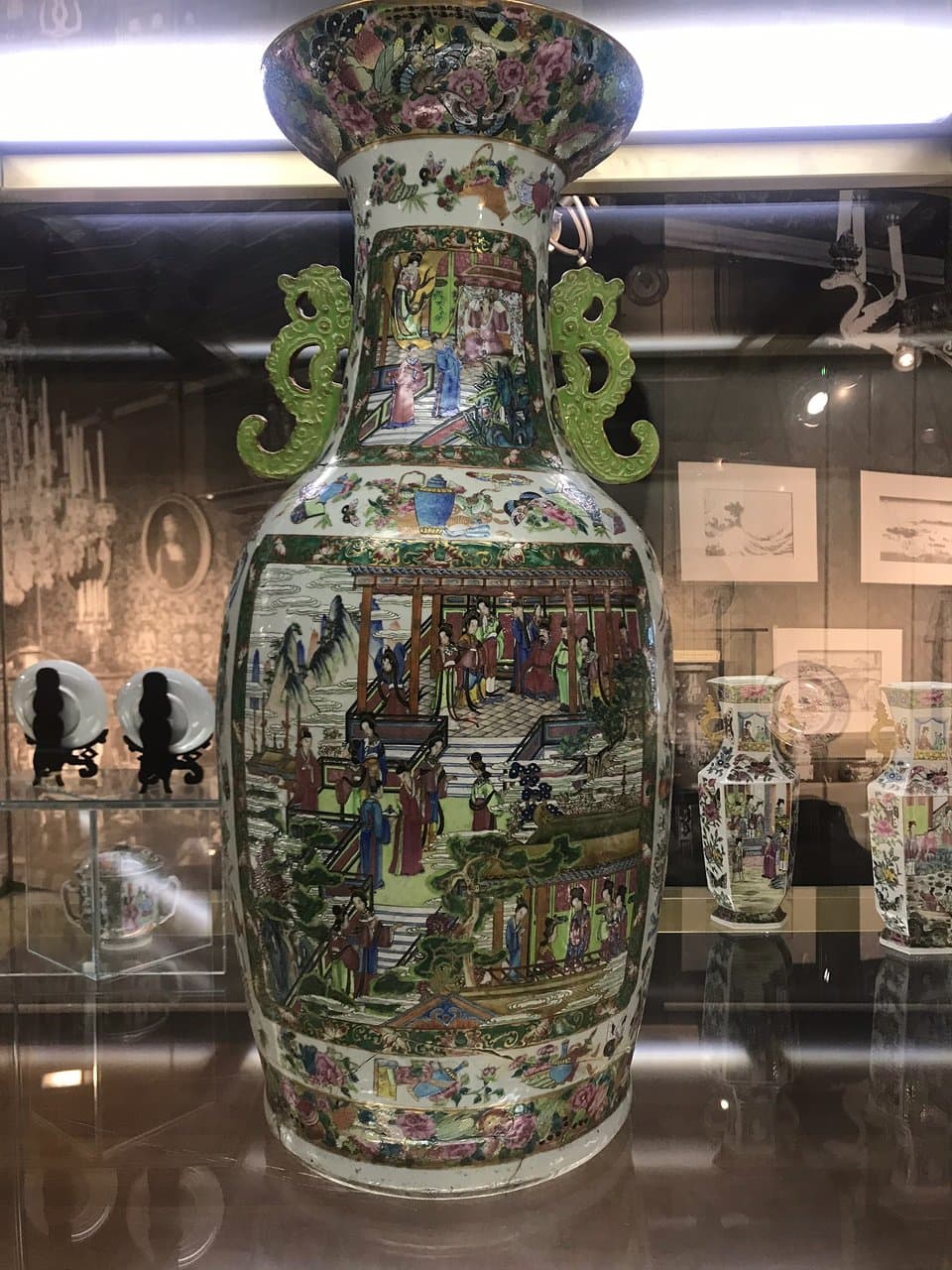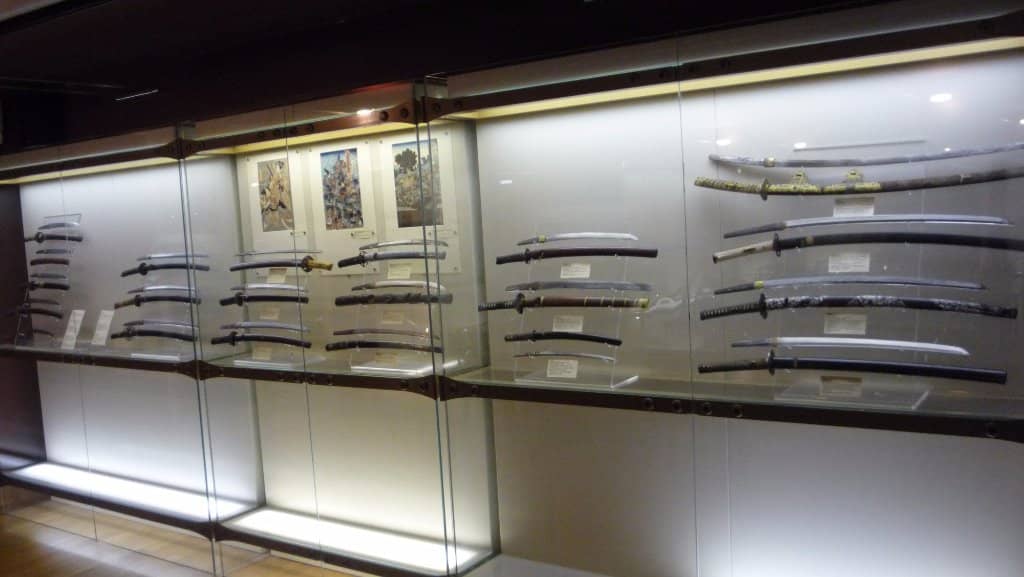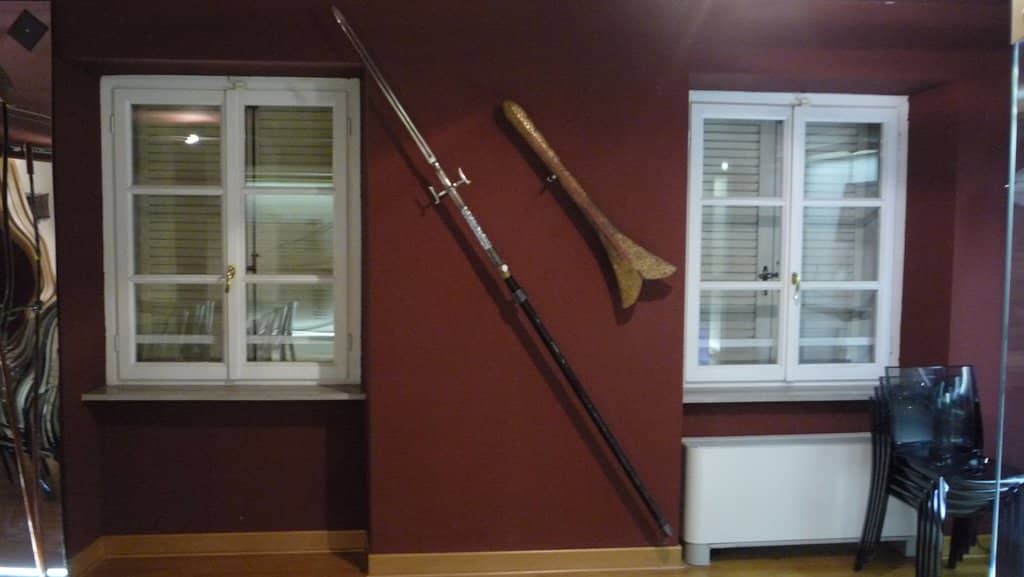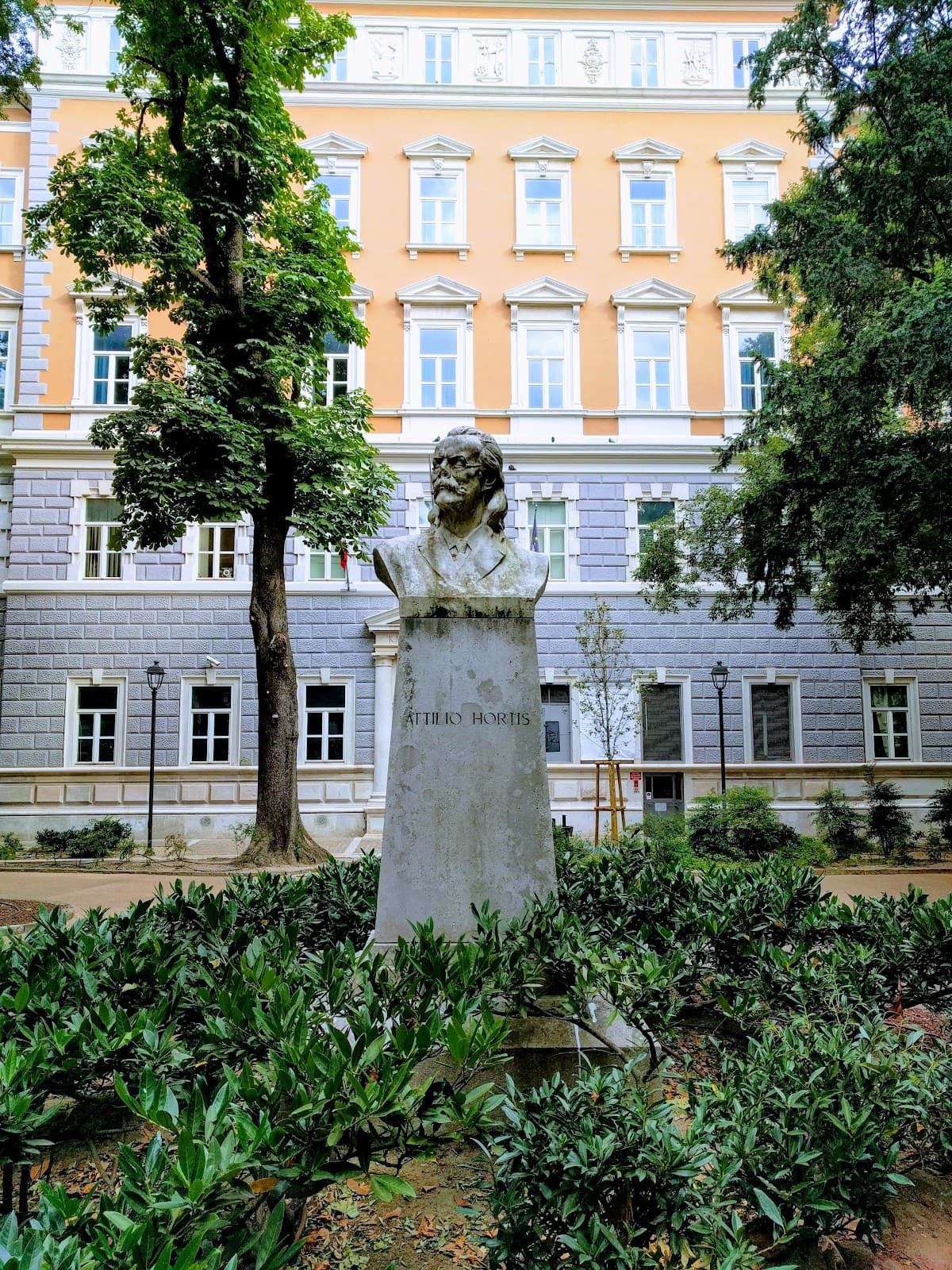
Museo d'Arte Orientale
Free museum showcasing exquisite Chinese and Japanese art, from Hokusai prints to samurai armor.

Highlights
Must-see attractions

Social
From TikTok & Reddit
Best Time
Fewer crowds, more peaceful viewing

Museo d'Arte Orientale
Best Time
Fewer crowds, more peaceful viewing

Highlights
Must-see attractions
Free museum showcasing exquisite Chinese and Japanese art, from Hokusai prints to samurai armor.
"It exceeded my expectations. If you are going past it is definitely worth a visit. "

Free Entry Gem! 💎
This museum is completely free to enter, making it a fantastic value for art lovers. Donations are welcome!
Check for English Translations 🗣️
Some exhibits, especially prints, may have limited English explanations. A translation app can be helpful.

Highlights
Discover the most iconic attractions and experiences

Hokusai's Woodblock Prints
Prints Collection
Marvel at iconic woodblock prints, including famous depictions of Mt. Fuji by the legendary Hokusai.

Samurai Armor and Swords
Japanese Artifacts
Step back in time with an impressive display of samurai armor, katanas, and traditional Japanese clothing.
Chinese Ceramics and Silverware
Chinese Collection
Explore exquisite Chinese ceramics, pottery, and intricate silverware, showcasing centuries of craftsmanship.
Plans like a pro.
Thinks like you
Planning Your Visit
Free Admission, Big Rewards
Navigating the Collection
Best Times
Insider Tips
from TikTok, Instagram & Reddit
Free Entry Gem! 💎
This museum is completely free to enter, making it a fantastic value for art lovers. Donations are welcome!
Check for English Translations 🗣️
Some exhibits, especially prints, may have limited English explanations. A translation app can be helpful.
Great for Kids! 🧒
The diverse collection, including samurai gear, makes it engaging for younger visitors.
Don't Miss the Prints! 🖼️
The collection of Japanese prints, including Hokusai, is a major highlight and worth dedicating time to.
Tips
from all over the internet
Free Entry Gem! 💎
This museum is completely free to enter, making it a fantastic value for art lovers. Donations are welcome!
Check for English Translations 🗣️
Some exhibits, especially prints, may have limited English explanations. A translation app can be helpful.
Great for Kids! 🧒
The diverse collection, including samurai gear, makes it engaging for younger visitors.
Don't Miss the Prints! 🖼️
The collection of Japanese prints, including Hokusai, is a major highlight and worth dedicating time to.
Quick Visit Option ⏱️
If you're short on time, you can see the main highlights in about an hour.
What Travellers Say
Reviews Summary
Visitors consistently praise the Museo d'Arte Orientale for its free admission and impressive collection of Chinese and Japanese art, including Hokusai prints and samurai artifacts. While some note a lack of English signage, the overall experience is highly recommended as a worthwhile and engaging cultural stop, especially for families.
"Cure free museum with Hokusai, other prints, swords and generally a smorgasbord of Japanese art plus a floor of Chinese ceramics. Great to walk around in for a bit."
Joris Peels
"Free museum dedicated to Chinese and Japanese artwork. They had ceramics, pottery, works of silver, and more. It didn't take me too long to look through everything. Friendly staff. I would recommended it if you're looking for something free and interesting to do near the Piazza Unità.
I hope this museum gets more funding in the future, though! I felt like there could've been more signage (like with the prints you could pull out of the wall)."
Jessica DeMarco-Jacobson
"This unique museum is full of Chinese and Japanese pieces of art. There are a lot of paintings from XVIII and XIX century, uniforms and clothing, katanas, samurai's hats. Moreover museum is fully complimentary. You pay only for some souvenirs, if u want od course and u can donate the museum."
Mateusz Kołodziej
What People Like
What People Dislike
Frequently Asked Questions
🚇 🗺️ Getting There
The Museo d'Arte Orientale is often located near main squares. For example, the Trieste location is right off Piazza Unità. Public transport options like buses and trams are usually available in the city center.
Parking availability can vary by city. It's often best to check local parking information for the specific city where the museum is located, as street parking can be limited in central areas.
Opening hours can differ between branches. It's always recommended to check the official website or social media pages for the most up-to-date information on opening times and any special closures.
Accessibility information can vary. Some branches, like the one in Venice, have focused on gamification and accessibility. It's advisable to contact the museum directly for specific accessibility details.
There are several Museo d'Arte Orientale locations, including in Genoa, Venice, and Trieste. Each offers a unique collection and experience.
🎫 🎫 Tickets & Entry
No, the Museo d'Arte Orientale is a free-admission museum. You can enjoy its collections without purchasing a ticket, though donations are appreciated.
Since admission is free, advance booking is typically not required. However, for special exhibitions or events, it's always a good idea to check the museum's official website.
Yes, museums often host special exhibitions and events. For instance, the Genoa branch has hosted cultural events, and the Turin branch has featured photographic exhibitions.
Donations are usually accepted and help support the museum's operations and collections. Information on how to donate is typically available at the museum or on its website.
Most visitors find that an hour is sufficient to explore the main collections. However, you can spend longer if you wish to delve deeper into specific exhibits.
📸 🖼️ Photography & Art
Photography policies can vary. Generally, non-flash photography for personal use is permitted, but it's always best to check for any specific restrictions on displays or during special exhibitions.
The museum features a diverse range of Chinese and Japanese art, including prints, sculptures, ceramics, silverware, uniforms, clothing, and samurai artifacts like katanas.
Yes, the museum is known for displaying works by famous Japanese artists, such as Hokusai, whose woodblock prints are a significant draw.
The Edoardo Chiossone collection, particularly in Genoa, is a notable part of the museum's holdings, featuring a significant array of Japanese art and artifacts.
Some branches are exploring interactive elements. The Venice museum has participated in projects like 'Tomo Project' focusing on gamification and learning.
🍽️ 🍽️ Food & Dining
Typically, museums of this size do not have on-site cafes or restaurants. However, being located in city centers, there are usually many dining options nearby.
Depending on the city, you can find a wide range of local and international cuisine. Many museums are situated in areas with numerous cafes, trattorias, and restaurants.
It's generally not permitted to consume food or drinks inside museum galleries to protect the exhibits. There might be designated areas outside or nearby where you can eat.
For Different Travelers
Tailored advice for your travel style
👨👩👧 Families with Kids
While some exhibits might have limited English explanations, the visual nature of the art means kids can still appreciate the beauty and craftsmanship. Consider focusing on the more visually striking pieces and perhaps using a translation app for any particularly interesting details you want to share. It's a great way to introduce children to different cultures in a fun and educational environment.
💰 Budget Travelers
Pairing a visit here with a stroll through the nearby city center or a picnic lunch can create a full day of exploration without breaking the bank. It's a perfect example of how incredible cultural experiences can be accessible to everyone, offering significant value for zero cost.
🎨 Art Enthusiasts
Beyond the famous names, the museum showcases a breadth of artistic expression, from delicate silverware to intricate textiles. The historical context provided by the samurai artifacts and traditional attire adds another layer of appreciation for the cultural and artistic evolution of these regions. It's a place where both casual admirers and seasoned connoisseurs can find beauty and inspiration.
Deep Dives
In-depth insights and expert knowledge
The Edoardo Chiossone Legacy
The collection includes a wide array of items, from intricate woodblock prints and delicate ceramics to samurai armor and traditional clothing. Chiossone's personal connection to Japan allowed him to acquire pieces that represent various facets of Japanese life and artistry during his time. The museum continues to honor his legacy by preserving and displaying these treasures, making it a vital cultural institution for understanding East Asian art and history.
Bridging Cultures: China and Japan
Beyond static displays, some branches are exploring innovative ways to engage visitors and foster cross-cultural understanding. For instance, initiatives like the 'Tomo Project' in Venice aim to make learning fun and accessible through gamification. These efforts highlight the museum's commitment not just to exhibiting art, but also to educating and connecting people with diverse cultural heritage, transforming the museum experience into an interactive journey.
Artistic Highlights: Prints and Ceramics
Complementing the prints, the Chinese ceramics collection showcases the evolution of pottery and porcelain craftsmanship across centuries. Visitors can admire a variety of styles, glazes, and decorative techniques, reflecting the sophistication and enduring legacy of Chinese ceramic art. Together, these collections provide a rich and visually stunning experience, highlighting the artistic dialogue and shared influences between these two great Asian civilizations.






Social
from TikTok, Instagram & Reddit